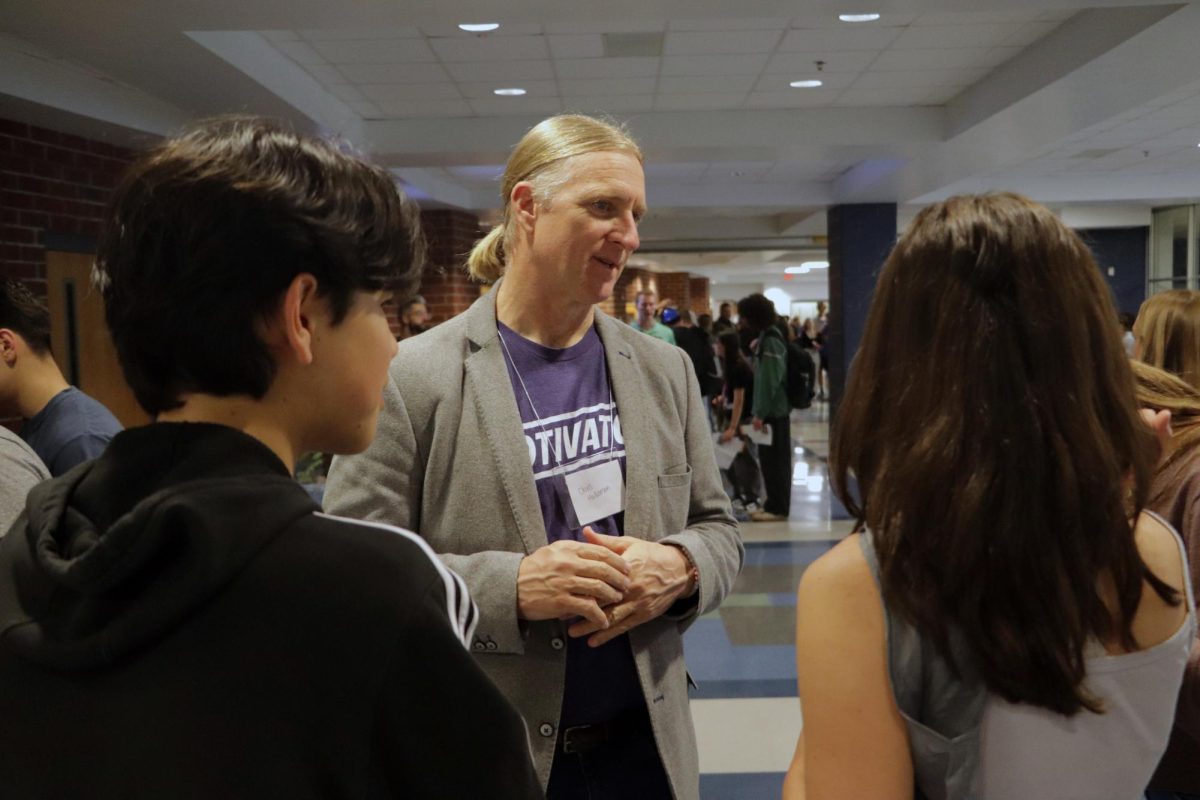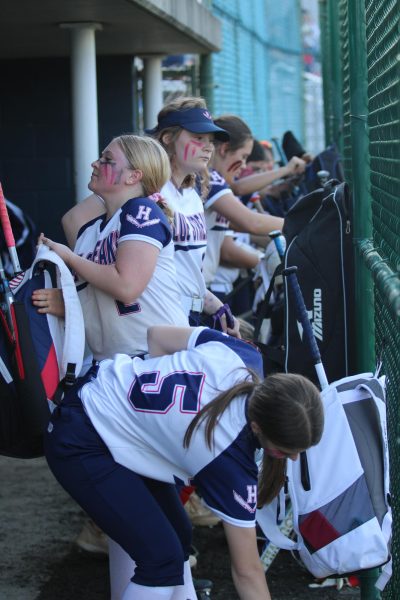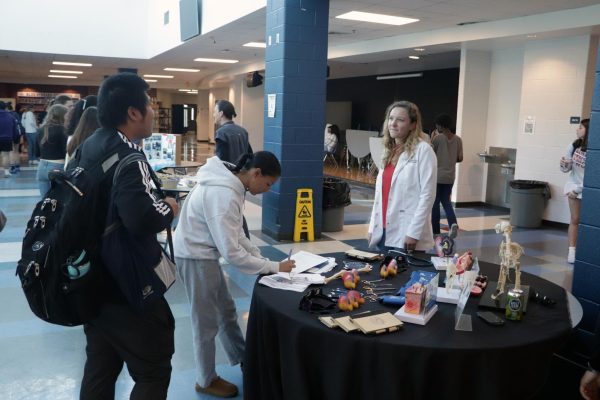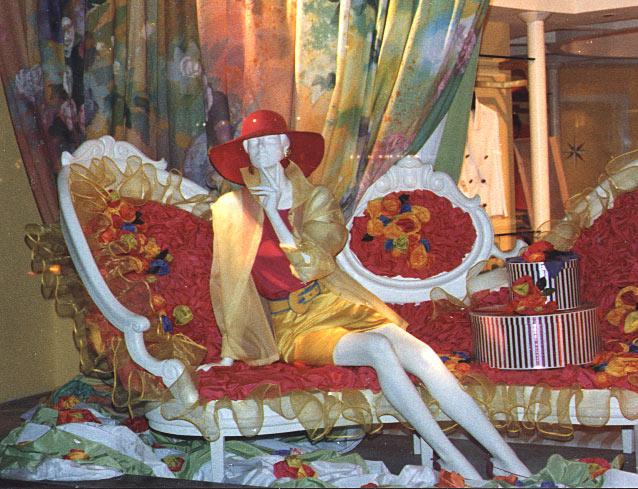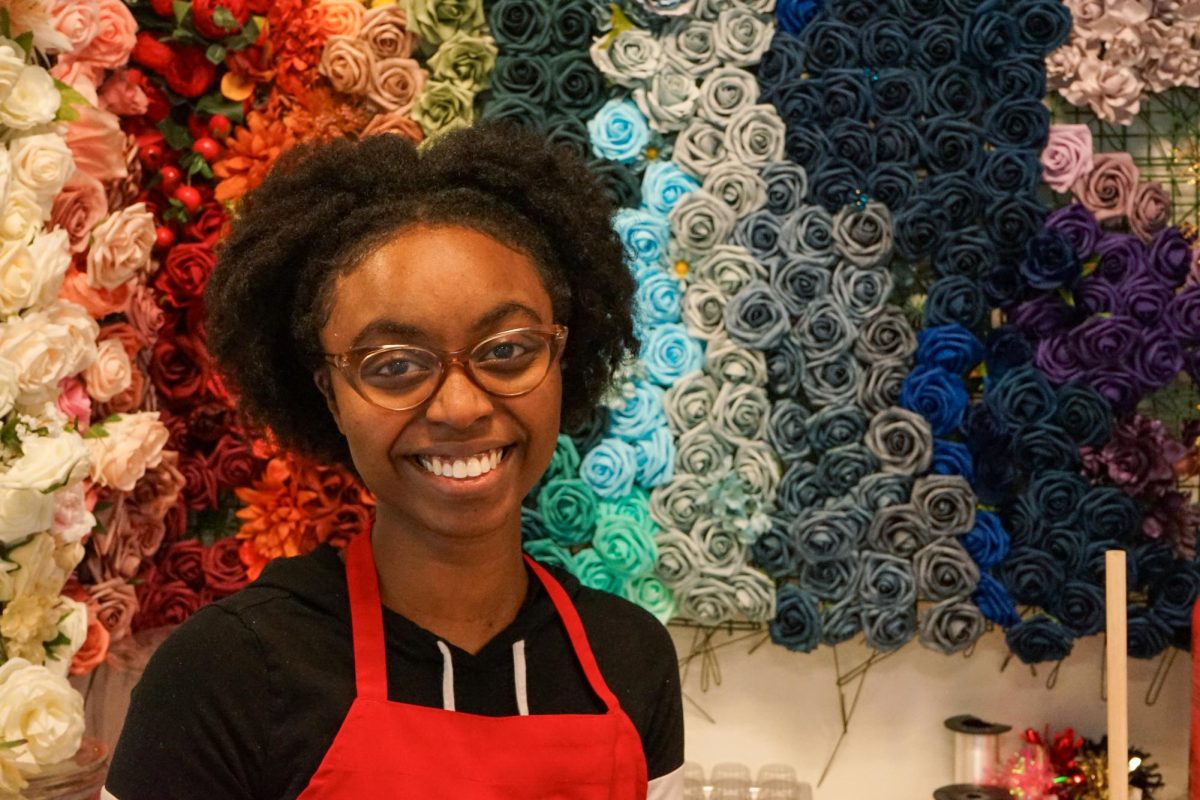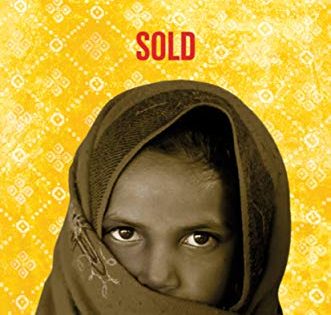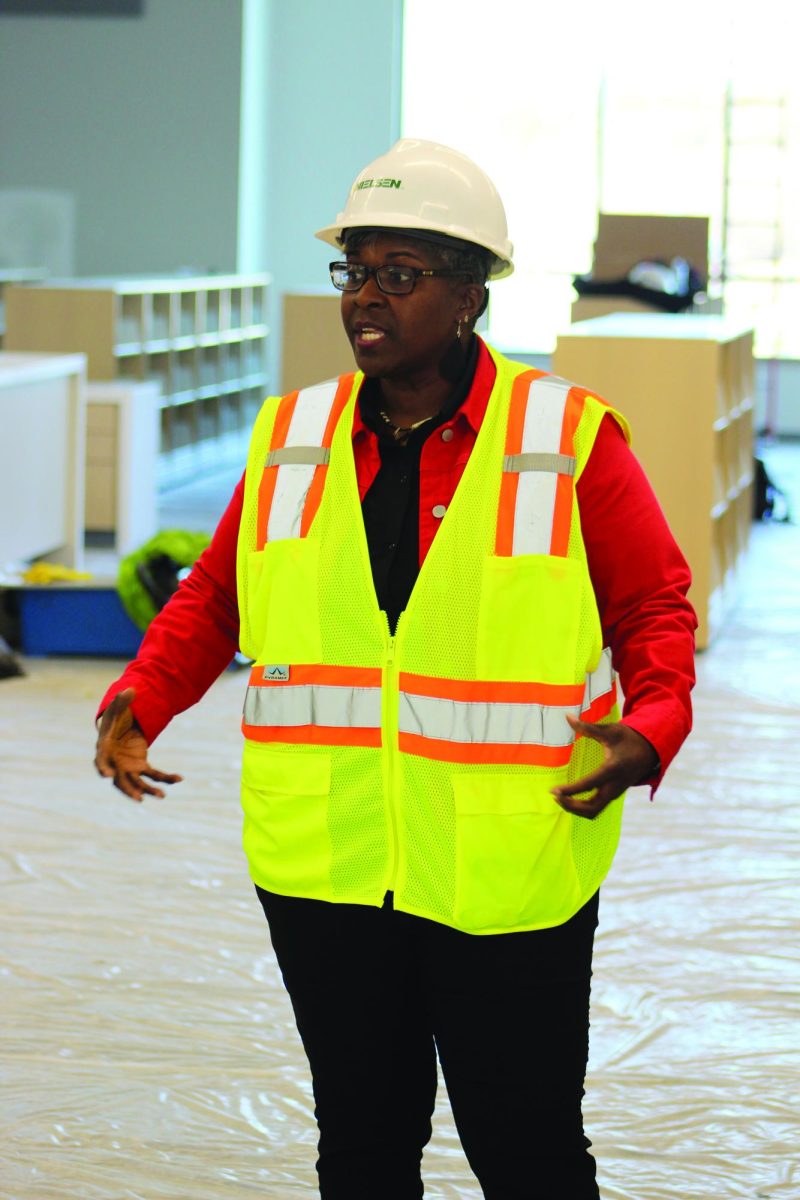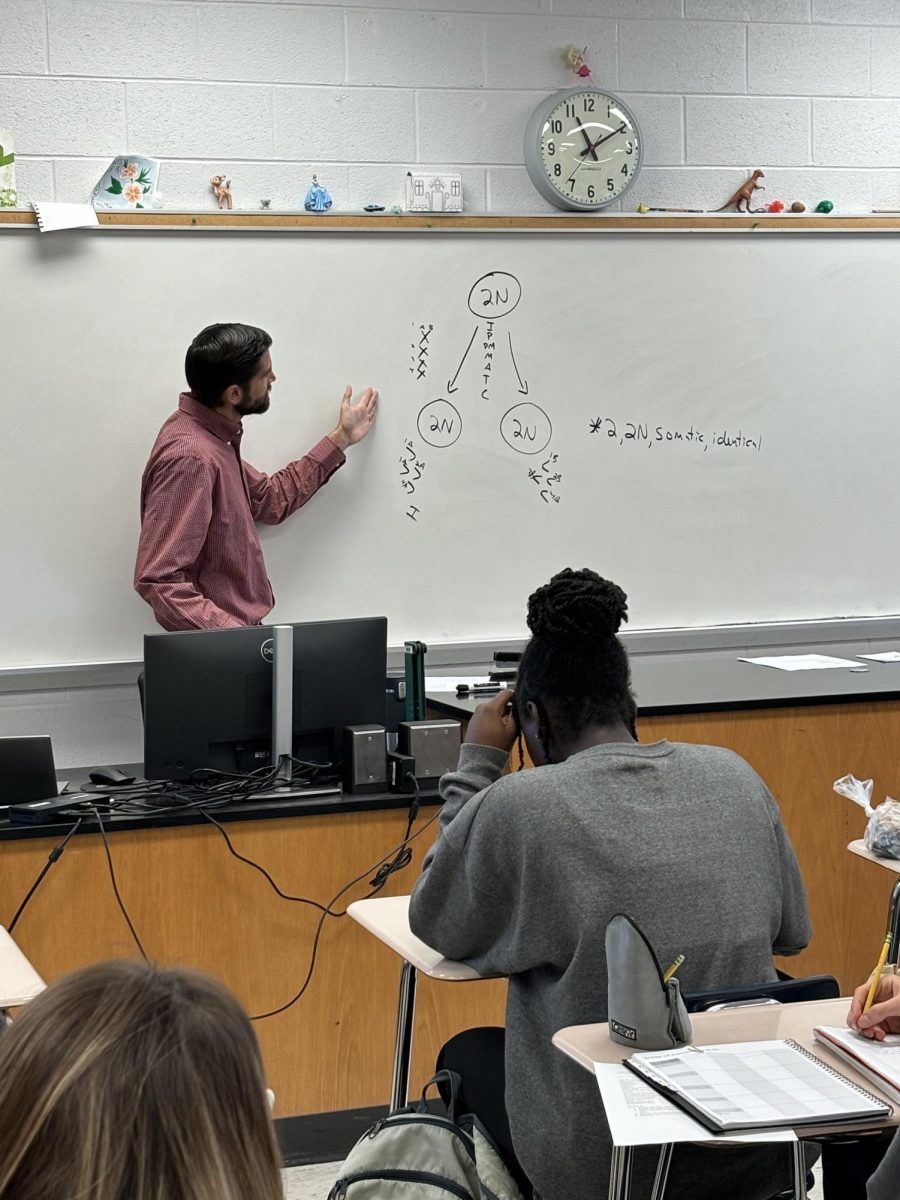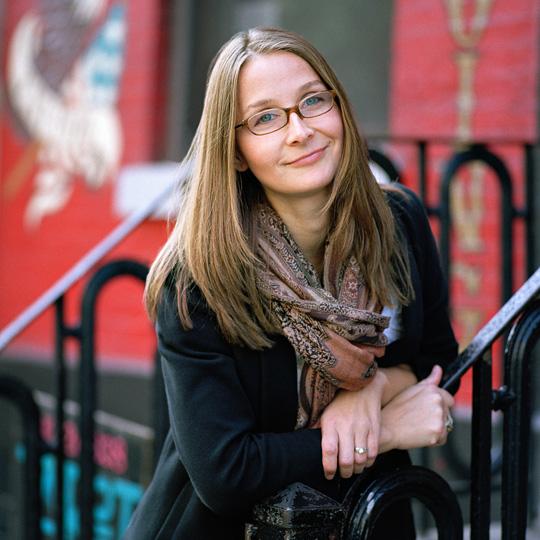The two had met while studying at Pratt Institute in New York. Sumner had always loved art since she was a small child. Despite her

love of art, Sumner, a Harrisonburg local, says she did not excel in art class.
“Art was something that I started doing early on before kindergarten. I struggled w it in sch b/c the teachers I had wanted me to draw

or do things in a certain way,” Sumner said. “in art i kind of saw tyhings differently, but didn’t get good grades in art in school b/c i didn’t follow instructions.”
She loved Pratt because they allowed her to do art in her own style. Her graphic design background coupled with her husband’s industrial design background made for unique fashions. They gave their line the name Ikraam.
“What got us there above everything else was that we believed in what we did. That we could make an impact that hadn’t been made before,” Sumner said. But it would take years for them to be discovered. After numerous trade shows and concept pieces, they got into a small show room where they were discovered by Barney’s New York.
“First jacket we designed was the invisible lapel jacket, which worked on the negative space,” Sumner said, making a sweeping gesture around her collar bones. “They put in an order for 25 jackets.” After that everything changed.
Ikraam became regulars in Elle and Harpers Bizarre. They were featured in Glamour, Self, Women’s Wear Daily, and W Magazine. They did private collection for Barney’s and were picked up by Macy’s and Bendel’s. In 1990, when Bendle’s moved to 5th Avenue from it’s original 57th Avenue location, Ikraam was chosen to be the window display.
“We were in the windows at Barney’s Co-Op, which was huge. Then they opened stores in Japan and all over the country. We were in all of those,” Sumner said.
Their clothes were made out of “mostly European fabrics” and assembled in New York’s fashion district.

“This was during a time where the district was full of factories, many of them Chinese. Some were Italian where the women in there were from Italy. They were amazing seamstresses. You had people who had maybe worked for Armani before, but were now here,” Sumner said. Now, according to Sumner, the fashion district is “dead” because many factories have been moved to Asia.
Young designers in the 1990’s, unless they had a large financial backing, often ran the risk of going bankrupt. Stores would order the clothes and expect them delivered before the designer could receive any money. If the designer was not paid with in the month, they could go bankrupt.
“Say you deliver 80,000 worth of clothes. If u don’t get paid in 30 days, you are out of business. You’ve put everything on the line,” Sumner said. “Barney’s paid us on time every time. If you gave them a bit of a discount, they would pay you sooner.”
Money is a strong determiner of success in the fashion world. To be in a fashion show costs money, having the clothing made costs money, and with out money, the line dies. It was money that caused Ikraam to go under.
“Macy’s went bankrupt. By 1995 or 1996 we were out,” Sumner said.
Aspiring designers must have a head for business as well as design. Isaac Mizrahi, who started out at the same time as Ikraam, had a large financial backing. Anna Sui had backers that would stick with them through financial hard times. Sumner says fashion is all

about connections. Still, the hardest part for many designers is breaking the glass ceiling.
“If you don’t care about press there are ways you can [still do fashion]. You can have Etsy and the Internet. If you want to be in a big city and all of that, you need a way to get there.There has to be a path,” Sumner said.



